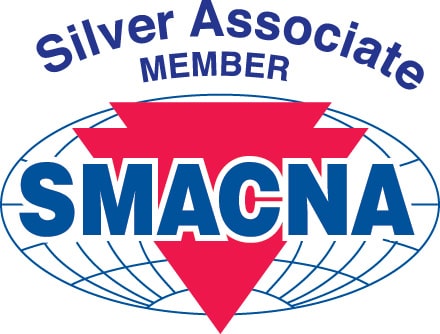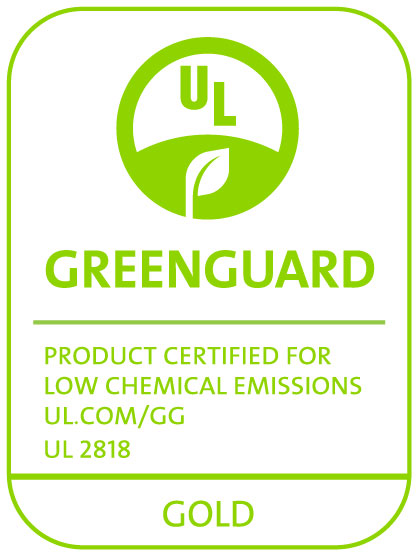Why specify Indoor Advantage Gold™ insulation?
May 28, 2021
Remember the term “sick building syndrome” or SBS? SBS occurs when building occupants experience acute health effects due to time spent in a building. Many times, these negative health effects…
Learn More










